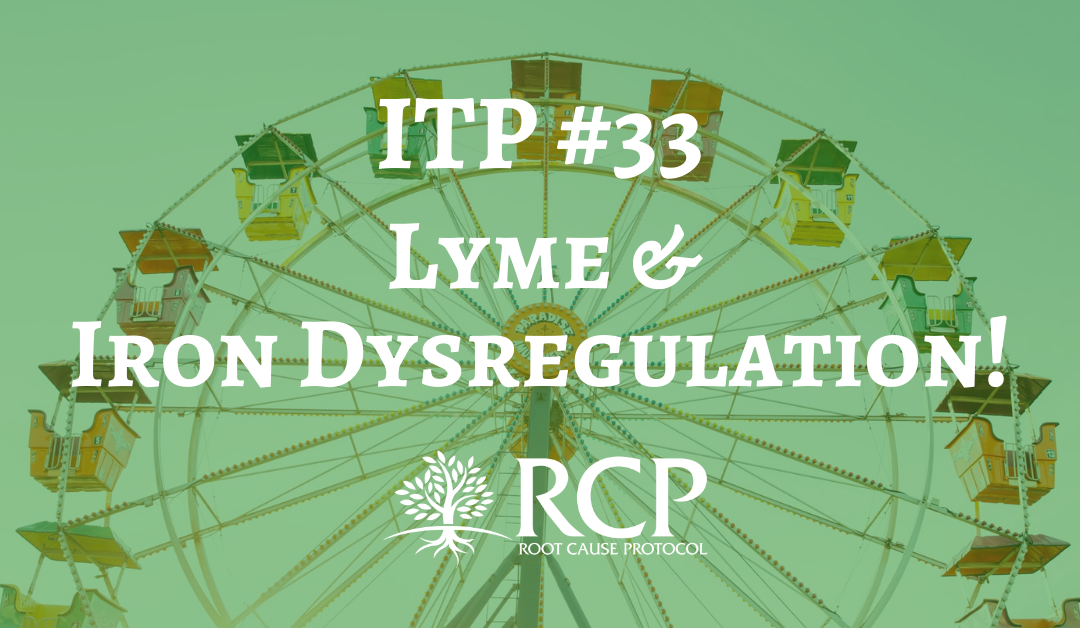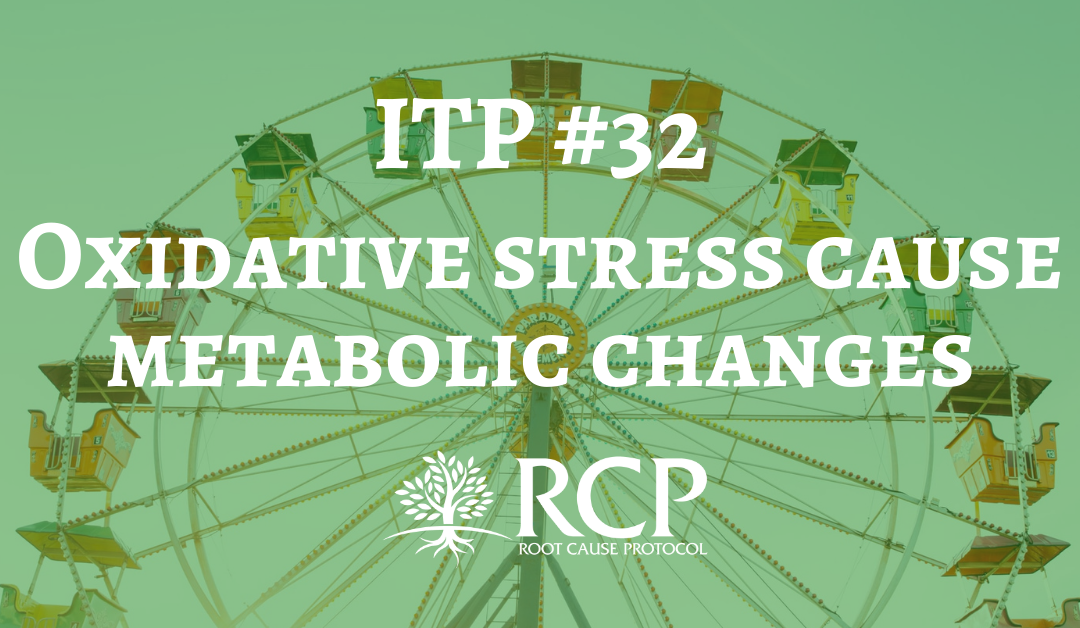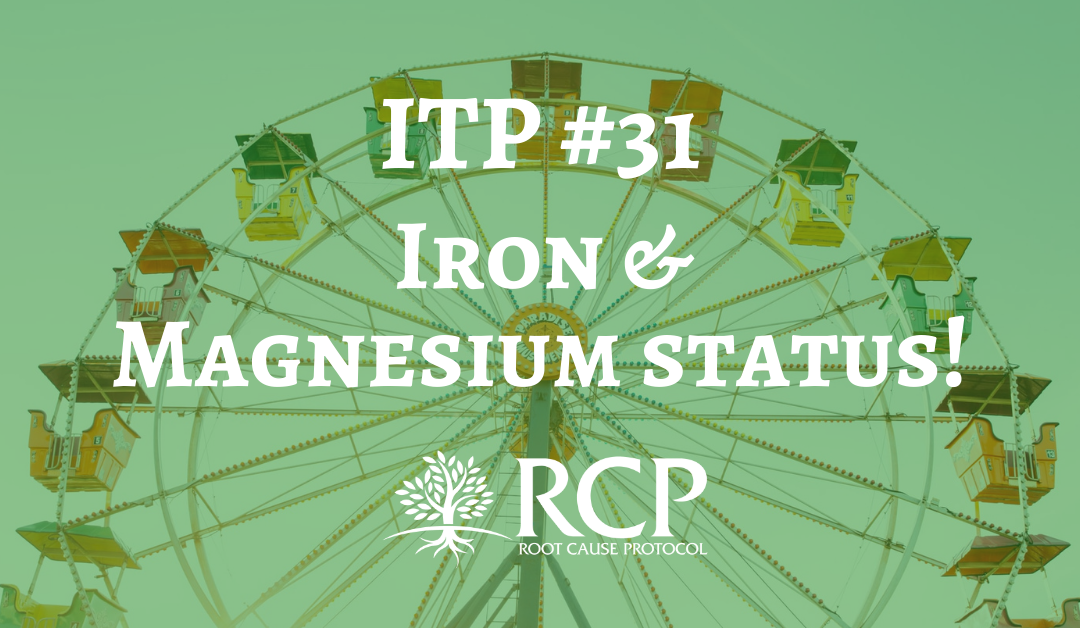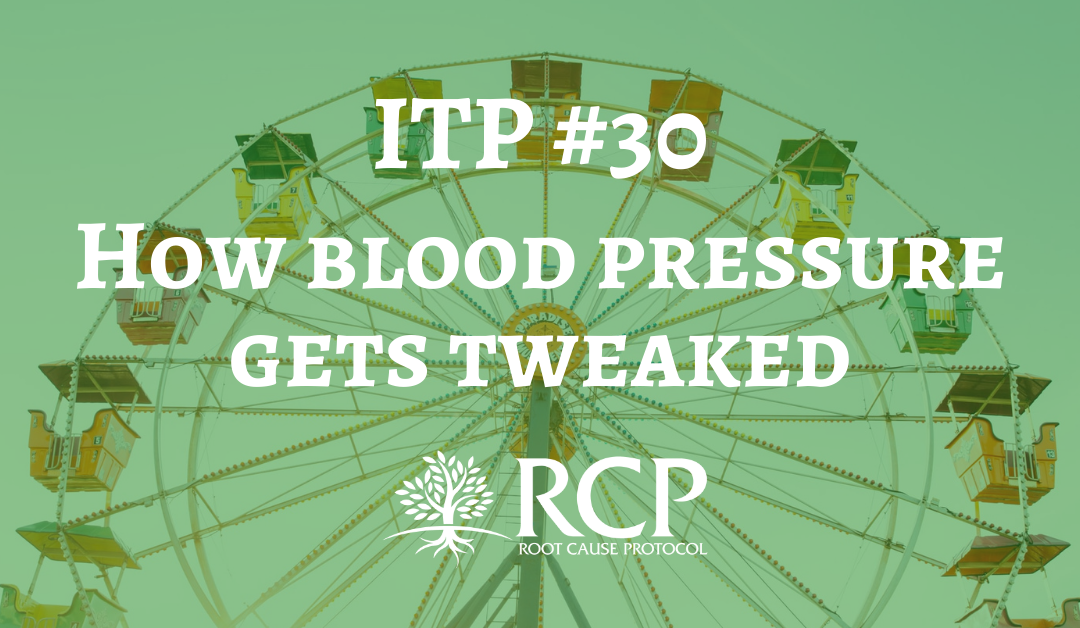
Iron Toxicity Post #33: Lyme has a relationship with Iron dysregulation!
(Formerly #32
I have always suspected that the Lyme condition had a relationship with iron dysregulation. No definitive proof, just a gut instinct.
A week ago, my fellow practitioner, Shawn Bean informed me that the genetic defect that shows the highest for folks with Lyme is the gene for Hemochromatosis (HFE). HFE is an iron loading disorder that is woven through my previous iron toxicity posts.

I saw this provocative article from HealthNutNews this morning:
www.healthnutnews.com/study-shows-stevia-kills-lyme-disease-pathogen-better-than-antibiotics/
Please read this article slowly to appreciate that Stevia out performs anti-biotics!
Then I found this excellent article from Iron and Omega on stevia’s properties here:
https://d1aettbyeyfilo.cloudfront.net/thercp/30330651_1661864910568Iron_and_stevia.pdf
This paragraph from Ferrazzano’s study should make your eyes pop:
“Studies of Stevioside and their related compounds include the benefits of being anti-helminthic, anti-rheumatic, anti-diarrheal, diuretic, anti-hyperglycaemic, anti-hypertensive, antioxidants, anti-viral, immunomodulatory actions and gastro and renal-protective.”
Ferrazzano, G.F., et al. (2015). Is Stevia rebaudiana Bertoni a Non Cariogenic Sweetener? A Review.
https://www.ncbi.nlm.nih.gov/pmc/articles/PMC6274104/
Which begs the question, how does Stevia (Steviocide) do all of those things?
Well, it turns out that Stevia has what’s called “Ferric Reductase Properties”. The inability to manage the valence and oxidative properties of iron is very destructive to our cells, tissues, organs and overall health.
What the study is showing, is that Stevia is facilitating management of these valence of iron and resulting oxidative stress via this ferric reductase action.
So while the solution may appear to be “use stevia to reduce inflammation and oxidative stress”, how about re-thinking your iron status?
I now believe that it’s absolutely time to re-think the following:
- The concept of disease
- What toxic, out-of-control metal is feeding the oxidative stress causing these symptoms, and
- Does the label (disease) even apply anymore?
It puts a different spin on Lyme when we look at it in this light, especially when Lyme is so vogue in the modern era.
A votre sante!
For Facebook Discussion:
https://www.facebook.com/groups/MagnesiumAdvocacy/permalink/1027615630639839/




